Hug Day 2018: Did you know you can hug a person in at least 18 different ways?
Valentine's Day is just around the corner and the excitement in the air is palpable. Lovers and partners are making grand plans not only for Febraury 14 but also for the days preceding it. February 12 is celebrated as Hug Day and on this ocassion we bring to you different types of hugs and their meaning.
Updated: February 12, 2018 12:08 IST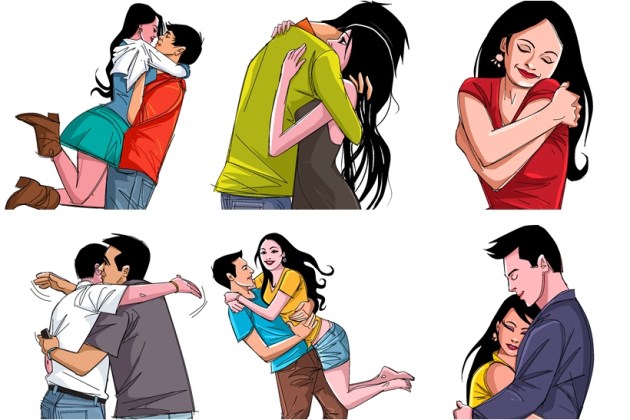 1 / 19
1 / 19Valentine's Day is just around the corner and the excitement in the air is palpable. Lovers and partners are making grand plans not only for February 14 but also for the days preceding it. After exchanging roses and chocolates, it is time to hug things out. February 12 is celebrated as Hug Day and as the name suggests, the day and the act are dedicated in making the loved one feel important and special. Warm and fuzzy, a hug can go a long way. It reassures and is one of the best ways to express your love. But do you know there are several types of hugs and each one has a different meaning? On Hug Day we bring to you some popular types of hugs and what they mean. (Illustrations by Shyam Kumar Prasad)
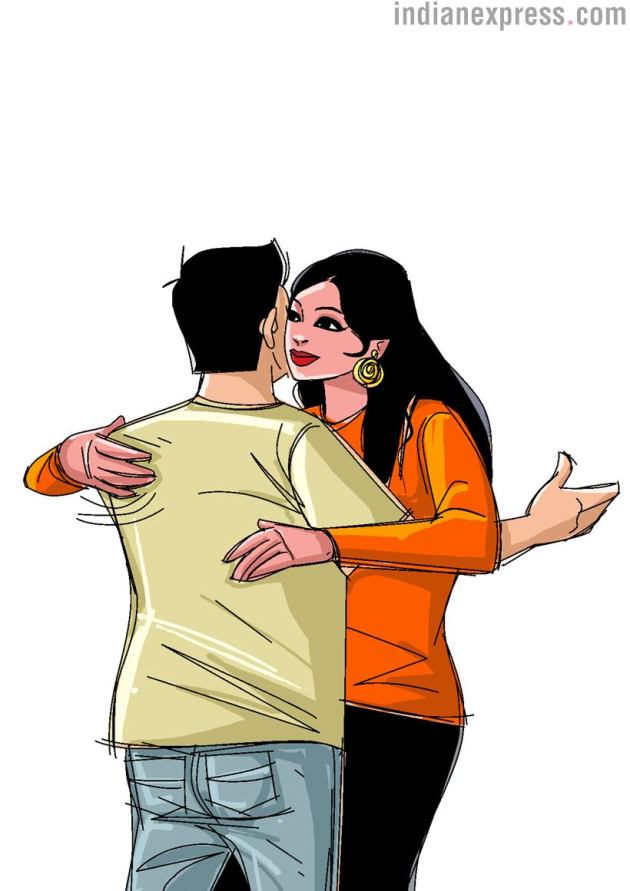 2 / 19
2 / 19Back pat: Back pats can be friendly and indicate limited affection, though in longer hugs, a back pat is a clear signal to pull away. (Illustration by Shyam Kumar Prasad)
 3 / 19
3 / 19Bear hug: Everyone's favourite hug, a bear hug is characterised by full body touch in a tight clasp. It indicates strong and open affection from the hug-initiator. (Illustration by Shyam Kumar Prasad)
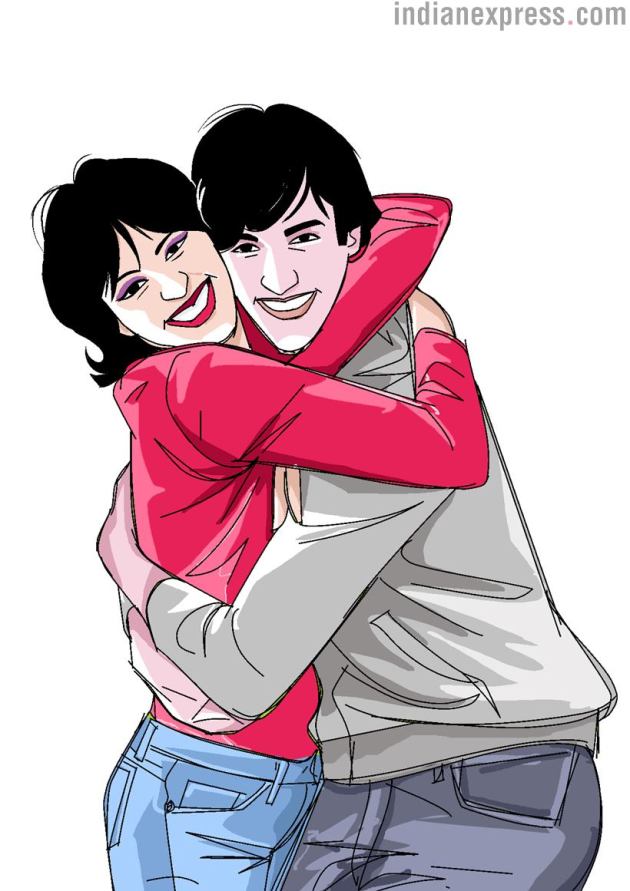 4 / 19
4 / 19Body hug: The most common hug, this vertical embrace with full body touch is usually a warm embrace. It's the standard greeting among friends and indicates comfort and relaxation in the company. (Illustration by Shyam Kumar Prasad)
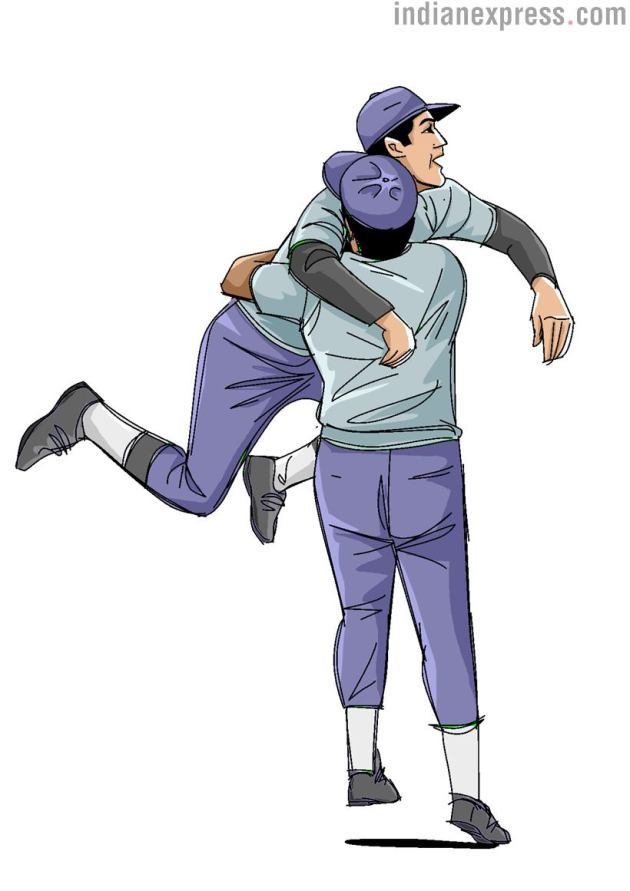 5 / 19
5 / 19Bomb: This one can frighten you and and bring a smile on your face at the same time. In a bomb hug, the hugger ambushes the other person by running up to them and leaping wildly onto them. A bomb hug indicates extreme elation and is a common sight in sport championships when the victors celebrate their win. (Illustration by Shyam Kumar Prasad)
 6 / 19
6 / 19Clinger: As the name suggests, one person usually holds the hug for longer, making the other give in. A clinger usually indicates a need for extended comfort, or sometimes subtle domination. (Illustration by Shyam Kumar Prasad)
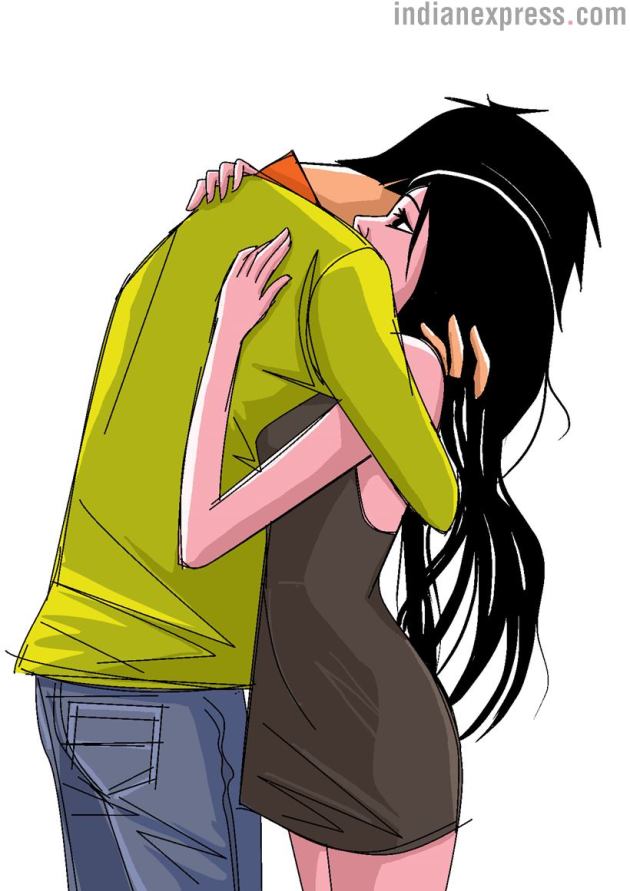 7 / 19
7 / 19Comforter: In this type of hug, the hugger may be embracing the other person tightly or gently, depending on their need, though, usually the person being hugged is the one who holds on tight for comfort. It's a hug that's been romanticised in movies immensely, with the one in need of comfort leaning on the other's chest, who then strokes or pats them comfortingly, often placing their head on theirs. (Illustration by Shyam Kumar Prasad)
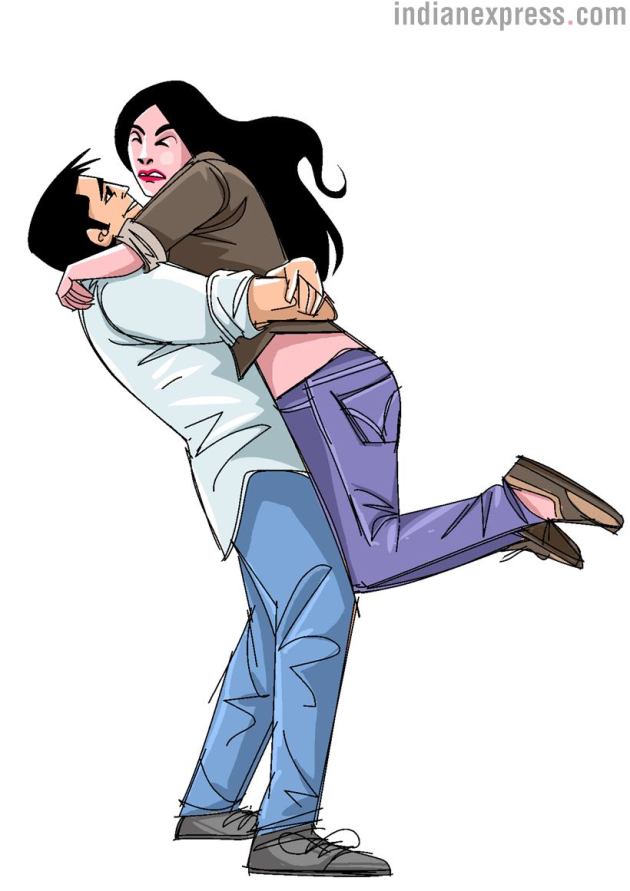 8 / 19
8 / 19Crusher: Crusher is an extreme form of a bear hug, where the hugger usually doesn't realise their own strength. (Illustration by Shyam Kumar Prasad)
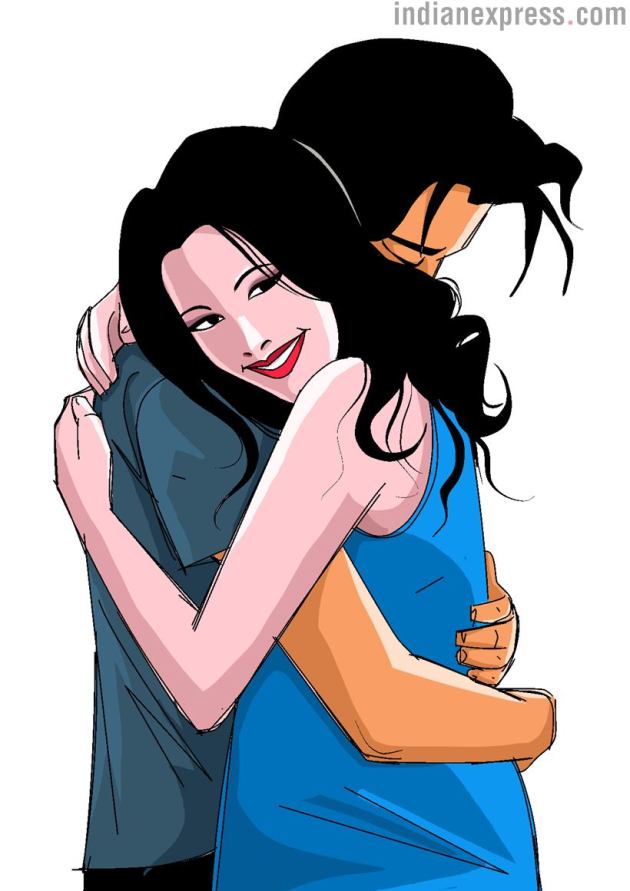 9 / 19
9 / 19Cuddle: Similar to the comforter hug, a cuddle lasts for a longer duration and is common among those in romantic relationships. (Illustration by Shyam Kumar Prasad)
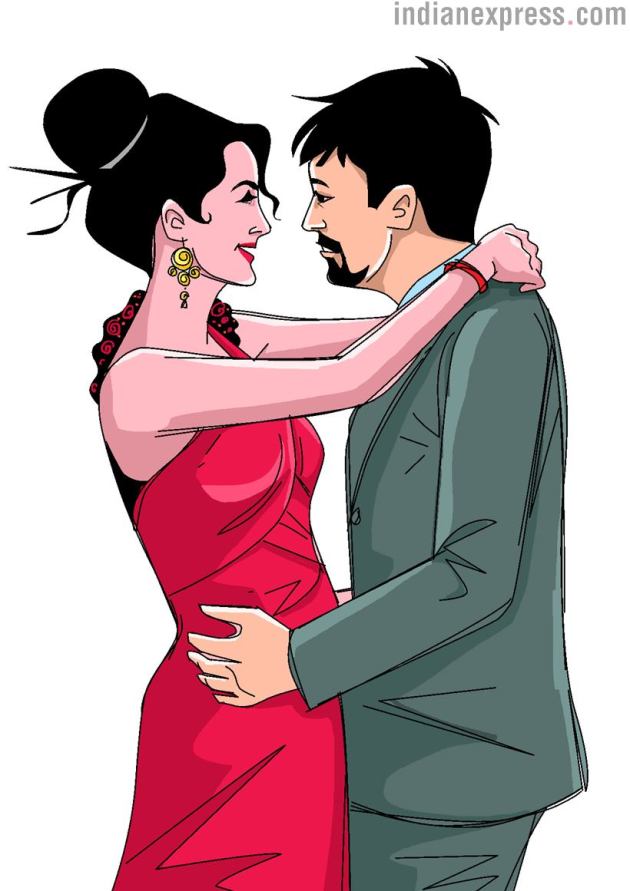 10 / 19
10 / 19Dancefloor hold: Often a precursor to a budding romance, in this hug, the woman places a hand on the neck of the man, who, in turn, gently holds her by the waist as they both move to the music. (Illustration by Shyam Kumar Prasad)
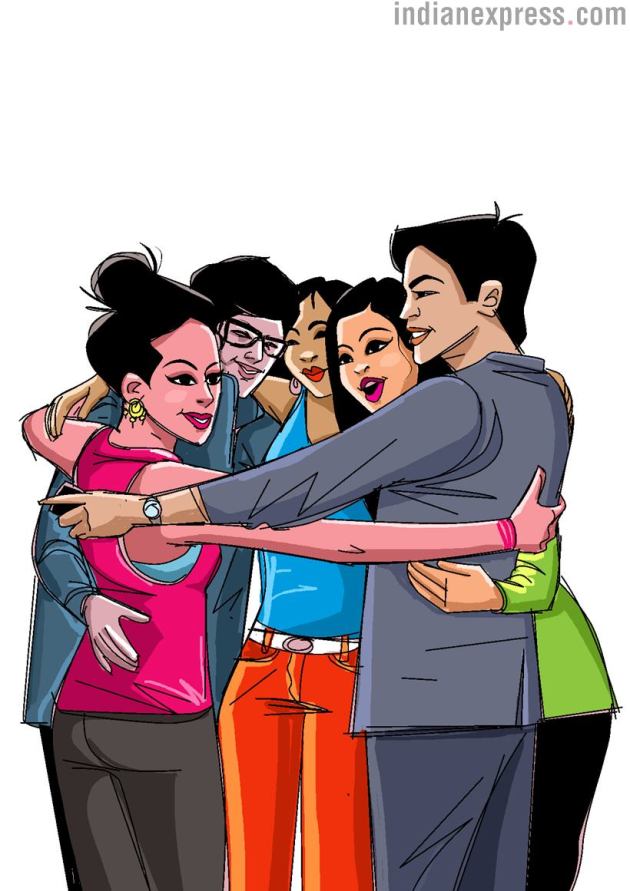 11 / 19
11 / 19Group hug: Group hugs are common among friends, especially as a celebratory instinct. Traditionally, group hugs have been a ritual confirmation of togetherness. (Illustration by Shyam Kumar Prasad)
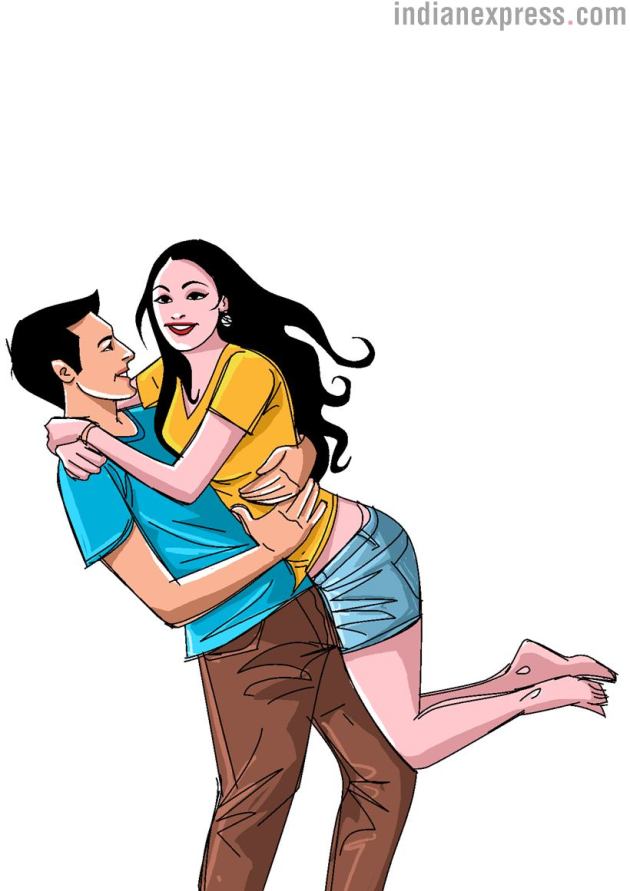 12 / 19
12 / 19Leap and lift: A kind of bear hug, in this, the petite person (usually a woman) leaps on to the other person (usually a man), who lifts them up to absorb the impact. It usually continues into a spinning motion. This hug is an excited and open greeting among people harbouring significant trust and affection for each other, and is often initiated due to a good news. It can also be initiated by children and extended by indulgent elders. (Illustration by Shyam Kumar Prasad)
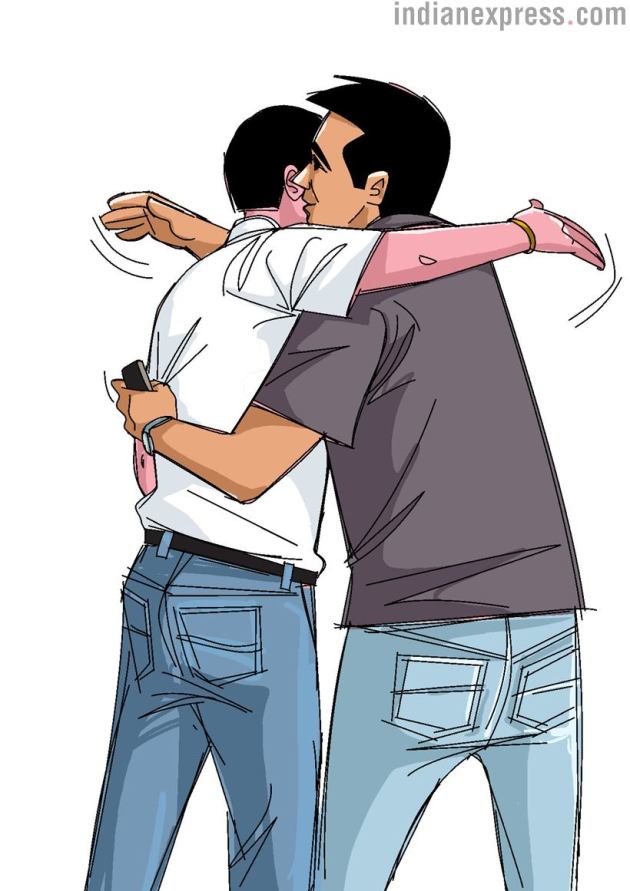 13 / 19
13 / 19Man hug: Characterised by a quick grab touching upper body only and patting the back a couple of times, a man hug usually lacks eye contact and is quickly released with a step back and a brief smile. This hug is a greeting between straight male friends. (Illustration by Shyam Kumar Prasad)
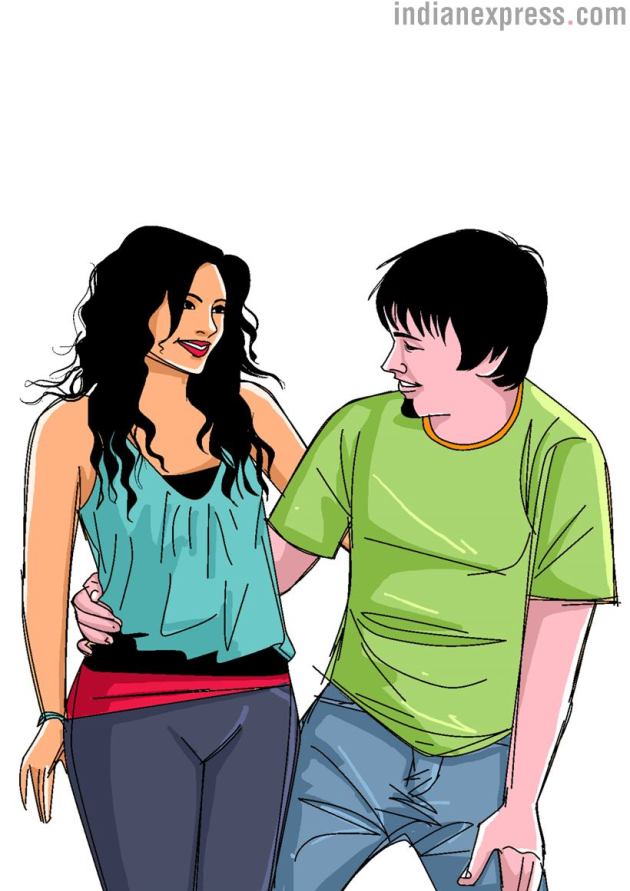 14 / 19
14 / 19Lateral one-arm hug: Occurring between people standing or sitting side-by-side, it is initiated by one person putting one arm around the other, giving them a quick hug. It is a quick and safe sign of approval or affection and can act as a comforter, if extended. It can laso have romantic undertones, for example when initiated in movie theatres. (Illustration by Shyam Kumar Prasad)
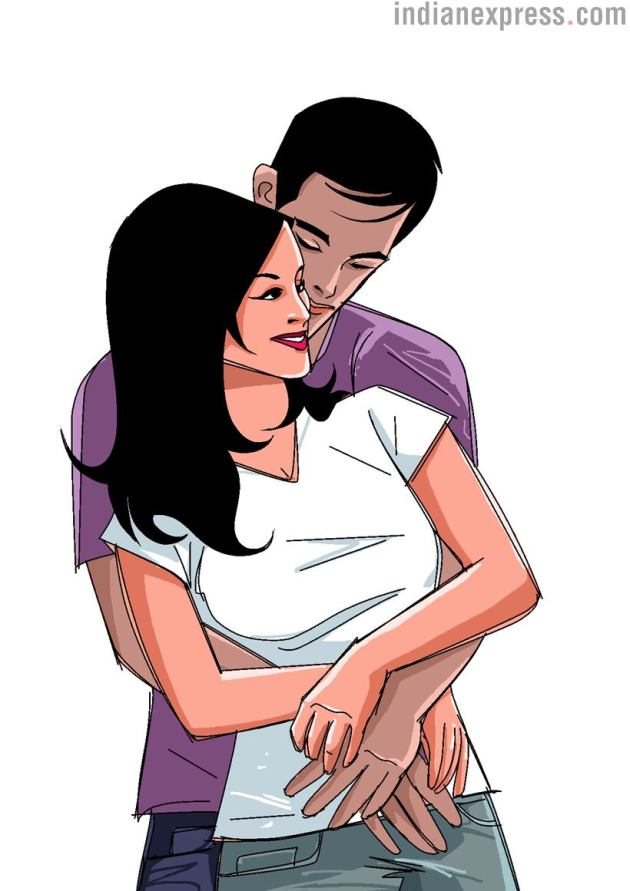 15 / 19
15 / 19Reverse hug: This is often a surprise hug in which the hugger embraces the person from behind. If the other person leans back on the chest of the hugger, it indicates relaxed affection between trusting partners. (Illustration by Shyam Kumar Prasad)
 16 / 19
16 / 19Sandwich hug: In this hug, one person is 'sandwiched' between two affectionate people. Usually, children find themselves in a sandwich hug between their parents.(Illustration by Shyam Kumar Prasad)
 17 / 19
17 / 19Self-hug: Done in the absence of a partner, a self-hug is the best one can do when one needs comfort. It can be therapeutic too. (Illustration by Shyam Kumar Prasad)
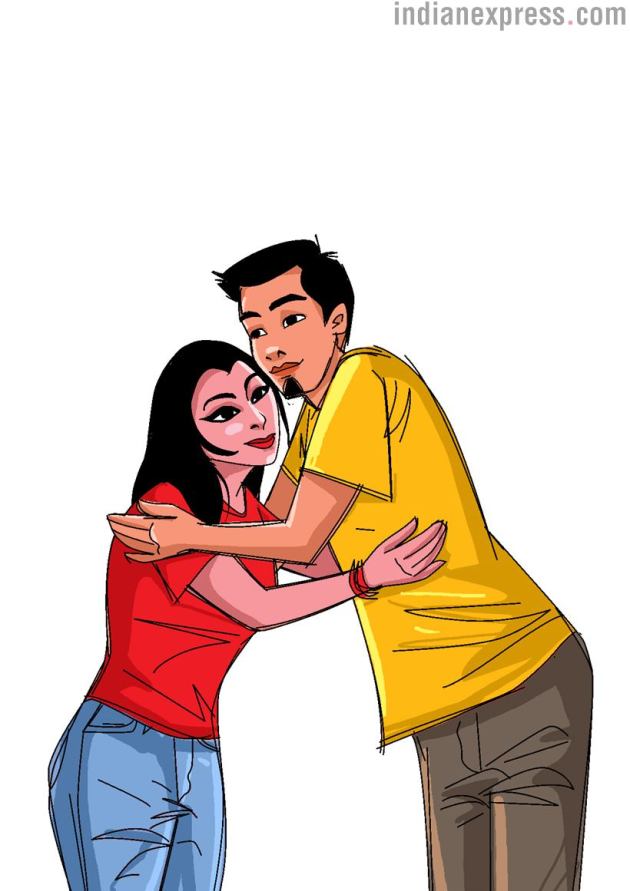 18 / 19
18 / 19Teepee hug: Also known as A-frame hug, this hugs can be found in formal first meetings. It is characterised by leaning forward and body contact at the top (forming an A-frame) and is typically a quick hug with little or no eye contact. (Illustration by Shyam Kumar Prasad)
 19 / 19
19 / 19Unequal-height hug: The shorter person hugs the taller person by the waist, possible resting the head on their shoulder. The taller person wraps arms around the upper body of the shorter person. (Illustration by Shyam Kumar Prasad)











